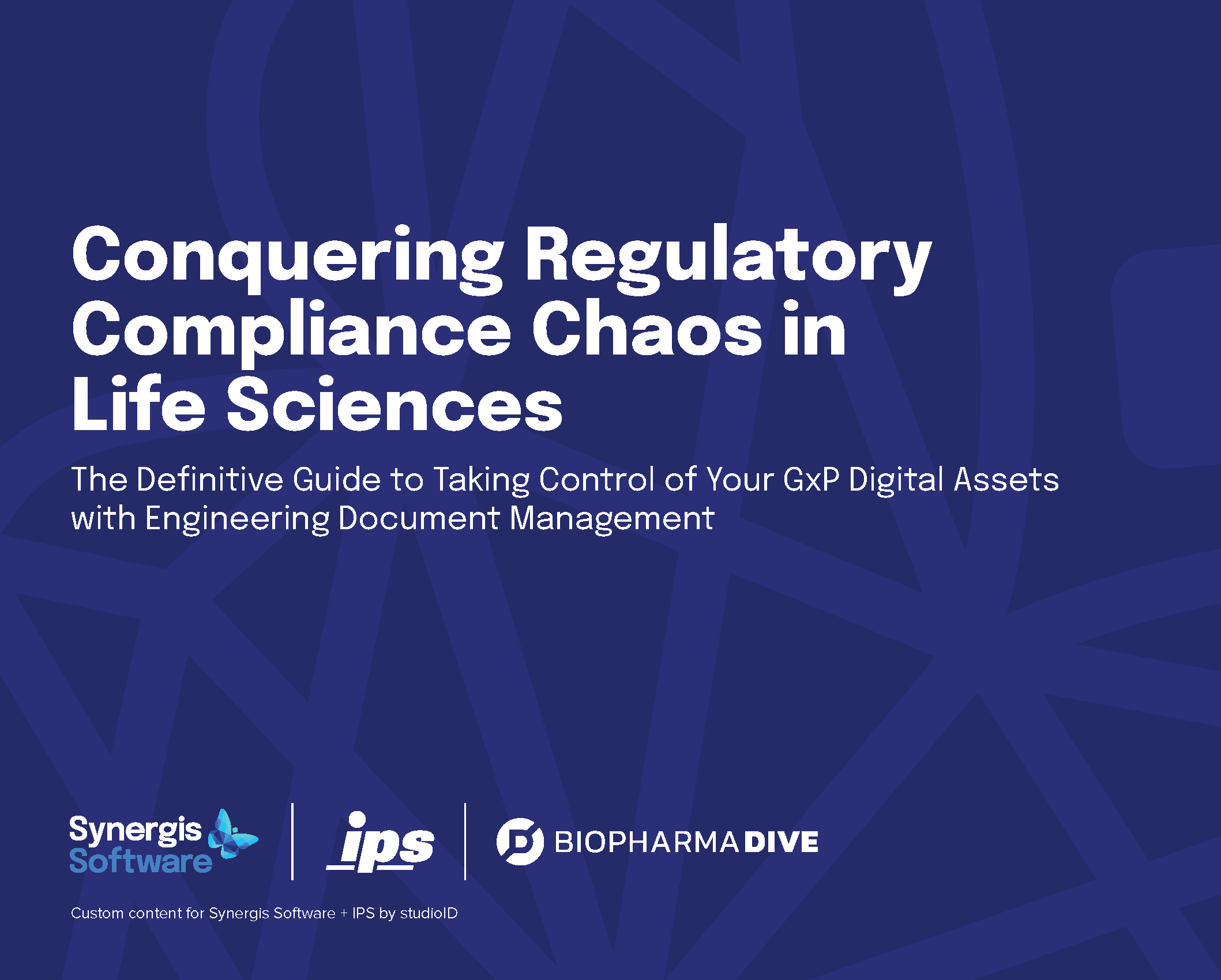As a drug or medical device makes its way to the market, it passes through critical checkpoints—all of them documented by designs, plans, drawings, schematics, notes, and other proprietary files that comprise the R&D pathway.
In life sciences, where regulatory compliance depends on traceability, audit trailing, record retention, and data integrity, a validated and compliant strategy to store and collaborate on documents is vital. That’s why life science companies are increasingly turning to third-party engineering document management rather than relying on their internal legacy builds.
In this playbook, we’ll explore new opportunities in biopharma document management so that sponsors walk away knowing:
– What engineering document management is and why it matters
– How to approach data migration and centralization for your engineering files
– Key considerations and measures across control, access, cost, and compliance
– Best practices when assessing and comparing potential partners
